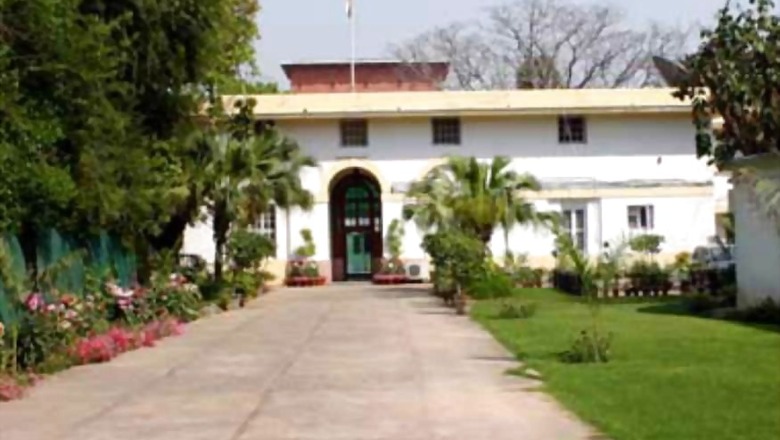
views
New Delhi: Archeologists have come across signs of industrial activity going back at least 4500 years at a Harappan site in Binjor village of Rajasthan.
Excavations by the Archaeological Survey of India and its academic wing the Institute of Archeology in New Delhi unearthed hearths, furnaces, beads, gold, charcoal, bones etc, around the 150m to 200m site.
It also uncovered house complexes and traces of industrial activities - copper artefact-making site, a craftsman’s house and hearths.
“This is the last site of the Saraswati River Basin in India. Beyond that lies Pakistan,” co-director of the ASI’s excavation branch, Sanjay Kumar Manjul said.
The site, called 4MSR, is thought to be from the late Harappan period.
The Ghaggar-Hakra River system is thought to have been spread over Haryana, Punjab, Rajasthan and Gujarat, and the Cholistan region in Pakistan.
“In past two seasons, we have noticed that there are more than 100 hearths in Binjor,” Manjul said.
“Industry has been reported in various other sites but not of this scale. Several hearths have been discovered at Kalibangan, a metro city having lower, middle town, but Binjor is a much smaller village site. This is the only site having the entire industrial settlement - here we see a small settlement having lot of furnaces and hearth, which means there were craftsmen residing, maybe this was an entire village of craftsmen. In comparison to the metros found, this small industrial settlement is unique,” he said.
He said the excavation has been conducted to primarily understand the transition between two periods – Early (3000-2600 BCE) and Mature Harappan Periods (2600-1900 BCE). Earlier, excavations were conducted on Harappan sites in the Ghaggar River Valley – like Kalibangan, Binjor 1, Rakhigarhi and Baror.
“ One can find the signs of gradual transition from Early to Mature Harappan period through the ceramic assemblage – There are Mature Harappan elements like black and red ware, plain red ware, perforated jars, pots and plates, globular pots and dish-on-stand with prevalence of the Early traditions like Hakra, Kot Dijian and Sothi elements,” Munjal said.
“We conducted the excavation with multi-disciplinary approach - This time we have tried to understand the transition between Early Harappan to Mature Harappan Period – and to look into the settlement pattern particularly. There is plethora of cultural mixing available here. We wanted to know the holistic view of the entire area,” he added.
















Comments
0 comment